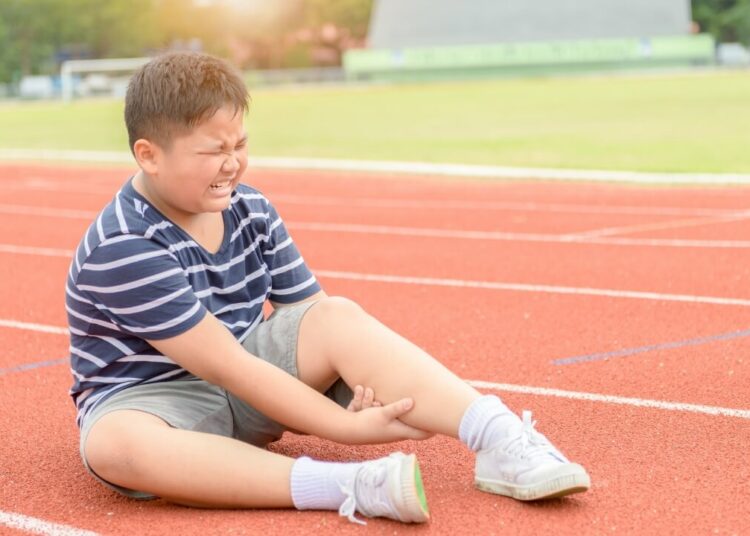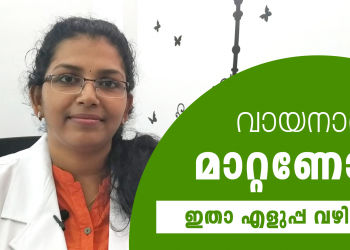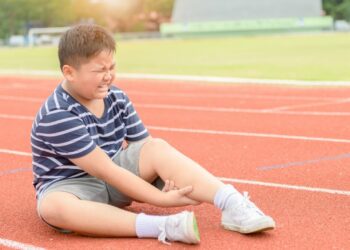Doctors are very much aware of the parents who are worried about their child’s leg pain.
“He just woke up in the middle of the night and started crying, while complaining about the leg pain.” The mother pointed fingers at the five-year-old who is enjoying his time outside.
“Where was the pain?”
“Near the muscles at the back of the leg. Both legs had pain.. ( She is talking about the calf muscles.)
“How did you treat the leg pain?
” I massaged the region for a few moments and kept a hot water bag as well. Within half an hour he fell asleep.”
“How was he throughout the day?”
“I can’t believe it. Since morning he is very energetic and enjoying it all …”
I checked him thoroughly. Checked his muscles which had pain. Checked them by opening and closing the knee. His bones or joints don’t seem to have an issue.
What causes pain in children’s calf muscles?
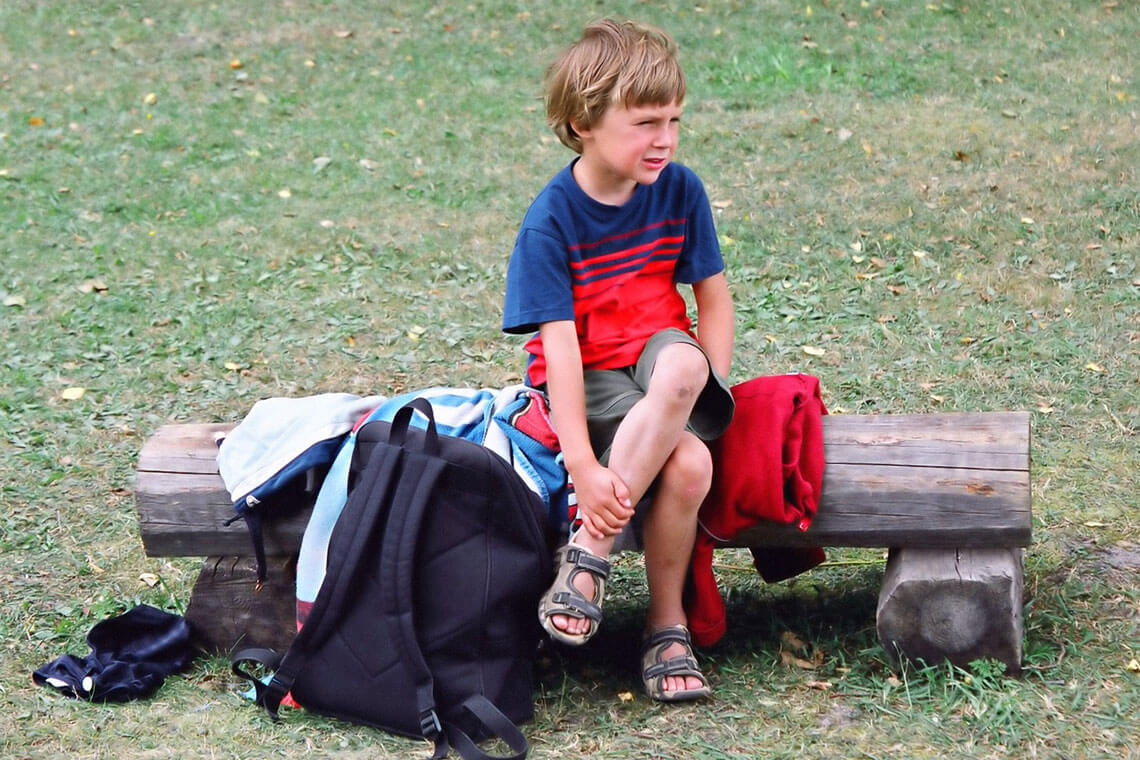
Commonly known as Growing Pain or Benign paroxysmal nocturnal leg pain is this. Even though the name sounds big, it can be translated as a normal pain that comes to children during nighttime.
What are the symptoms?
All the details that you have seen in the previous conversation are the major symptoms. 10%- 20% of children suffer from growing pain. Normally growing pain has been seen in children between 4 years to 24 years.
How long will the pain be?
This pain can occur once or twice a week and in some very rare cases, it may come every day. During the interval, the pain will not even show up. Every time, the pain can last for half an hour to two hours.
Where does the pain occur?
Mostly, the pain occurs in the calf muscles of the children. Sometimes, it may occur in front of the thigh region and legs and at times behind the knee too.
When will the pain occur?
The pain normally occurs in the evenings or nights.
It will not show any abnormality even in the physical inspection.
When to pay more attention?
▪ Long-lasting pain.
▪ Increasing pain as time passes
▪ Pain in the joints
▪ If the pain remains only on one leg.
▪ Pain during day time.
▪ If the pain lasts till day time.
▪ If you find soreness, pain, redness, or restricted movement due to the pain.
If it shows any of the above-mentioned symptoms, you should consider visiting a doctor.
What is the reason behind the growth pain?
We couldn’t find a proper reason behind growth pain. But research says that there is no direct connection between the growth of a child and the pain. Mostly emotional or mental situations could be the reason behind this. Pain may look severe in children who could not stand the pain. Many claims that running and playing during day time as a reason for it.
How to diagnose it?
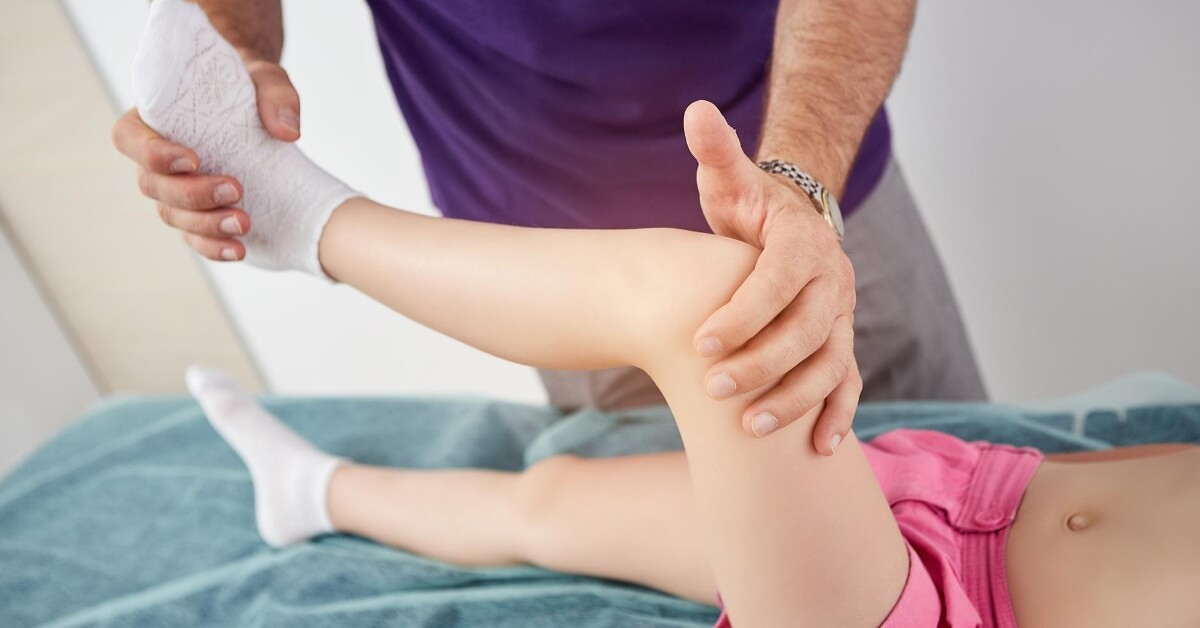
We can diagnose the state by asking more questions related to the disease and through physical examination. Normally, blood checkups and X- rays are unnecessary for this.
But sometimes, pain in children can be the symptom of severe issues. Wounds, infections, genetic diseases related to joints, bone cancers, and leukemia can show symptoms like leg pain. So if the pain is unbearable, it’s better to take the child to a Pediatrician and take an opinion.
How to treat?
It’s very important that the parents have to give good emotional and mental support to the children. Let them know that this is not a permanent issue, it will heal when they reach their teenage years.
It’s not wise to give painkillers always. You can try leg massage and hot water bag treatment if needed. (Studies couldn’t prove that the pain reduces by itself or is it the result of these home remedies)
Researchers could not find any direct relation between the amount of calcium, magnesium, vitamin C, and Vitamin D, and the pain.
How to prevent growth pain?

Doing stretching exercises for ten minutes every day in the morning and evening can reduce the chances of getting this pain.
(Reference – Article by MP Mohanta, Indian Paediatrics, Volume 51, May 15, 2014, Growing pains -a practitioner’s dilemma)

